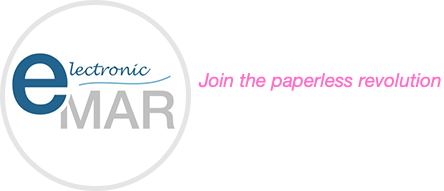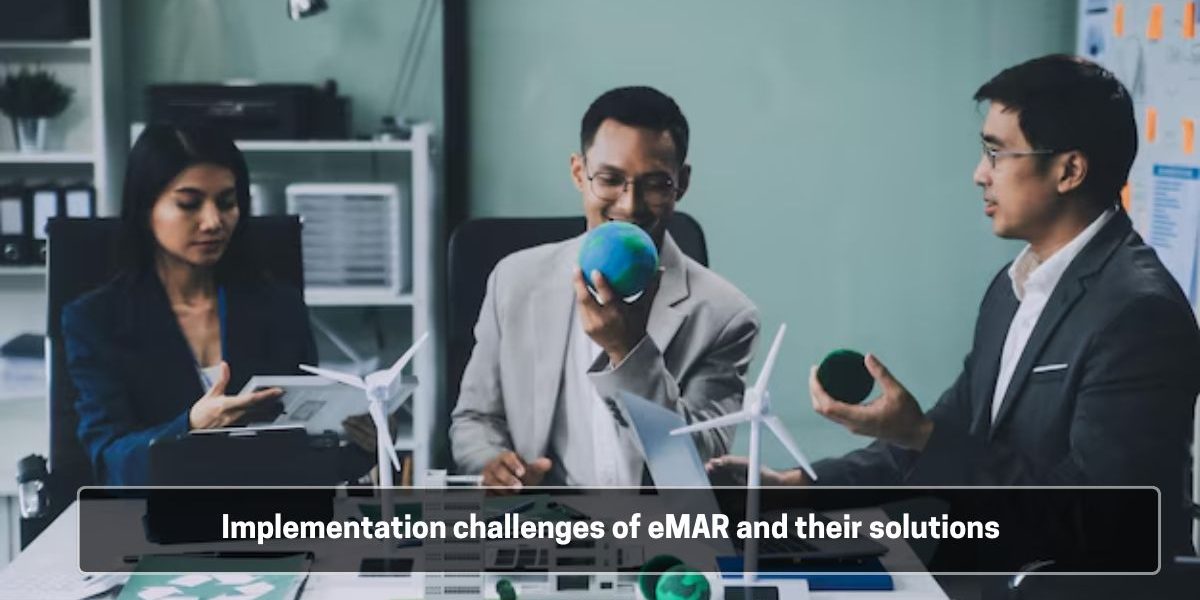The implementation of Electronic Medication Administration Record (eMAR) systems is important for medication safety and improving patient outcomes in healthcare settings. However, the transition from traditional paper-based systems to electronic records is not without its challenges. Here, we explore the key obstacles associated with eMAR implementation and offers potential solutions.
- Cost Concerns
One of the primary challenges in implementing eMAR systems is the high cost involved. The expenses can be substantial, covering not only the software licensing fees but also hardware upgrades and the necessary staff training. For many healthcare institutions, particularly those with limited budgets, these costs can pose a significant barrier to adoption.
To address these financial challenges, healthcare institutions can explore several strategies. One approach is to engage in cost-sharing models with vendors, which can help distribute the financial burden. Another viable strategy is to prioritise the implementation of eMAR systems in stages. By rolling out the most critical components first, healthcare facilities can manage costs more effectively and gradually transition to a fully electronic system over time.
- Workflow Disruption
Transitioning from paper-based records to eMAR systems can significantly disrupt existing workflows. For instance, nursing staff, who are accustomed to traditional methods, may find the data entry process time-consuming and cumbersome. This can lead to frustration and potentially reduce the time available for direct patient interaction.
To mitigate these disruptions, healthcare facilities should prioritise extensive training for their staff. Training ensures that nurses and other healthcare professionals are comfortable with the new system and can use it efficiently. Equally important is selecting an eMAR platform with a user-friendly interface. A well-designed system that is intuitive to use can reduce the learning curve and help maintain workflow efficiency.
Technical Issues
Another significant challenge is the potential for technical issues during and after the implementation of eMAR systems. These can include system errors, downtime, and difficulties integrating the new system with existing healthcare information systems. Such technical problems can be frustrating for staff and can disrupt the workflow, potentially compromising patient care.
To reduce the impact of technical issues, it is crucial to select a reliable vendor with a proven track record in the healthcare sector. Choosing a company with experience in the specific healthcare setting and a history of delivering stable, secure systems is essential. Before fully deploying the eMAR system, thorough testing is vital. This helps identify and resolve any glitches that could affect the system’s performance. Also, ongoing user training is important to equip staff with the skills.
Data Security and Privacy
Protecting sensitive patient data is of paramount importance, and the implementation of eMAR systems introduces new challenges in maintaining data security and privacy. Security breaches during the transition to electronic records can have severe consequences for healthcare providers.
To safeguard patient information, healthcare facilities must implement robust data encryption and access control measures. These measures are designed to minimise the risk of unauthorised access to sensitive data. Regular security audits are also essential to identify potential vulnerabilities and ensure that security protocols are up to date. Furthermore, ongoing staff training on data privacy and security protocols is critical.
Resistance to Change
Resistance to change is a common challenge in the implementation of new technologies, and eMAR systems are no exception. Healthcare professionals may be hesitant to adopt the new system due to concerns about job displacement, fear of the unknown, or a preference for familiar processes.
To overcome this resistance, it is important to foster open communication and provide comprehensive training that emphasises the benefits of eMAR systems. Highlighting how the new system can improve patient safety and streamline workflows can help to alleviate concerns. Encouraging feedback from staff and addressing their concerns directly can also play a crucial role in gaining their support.







